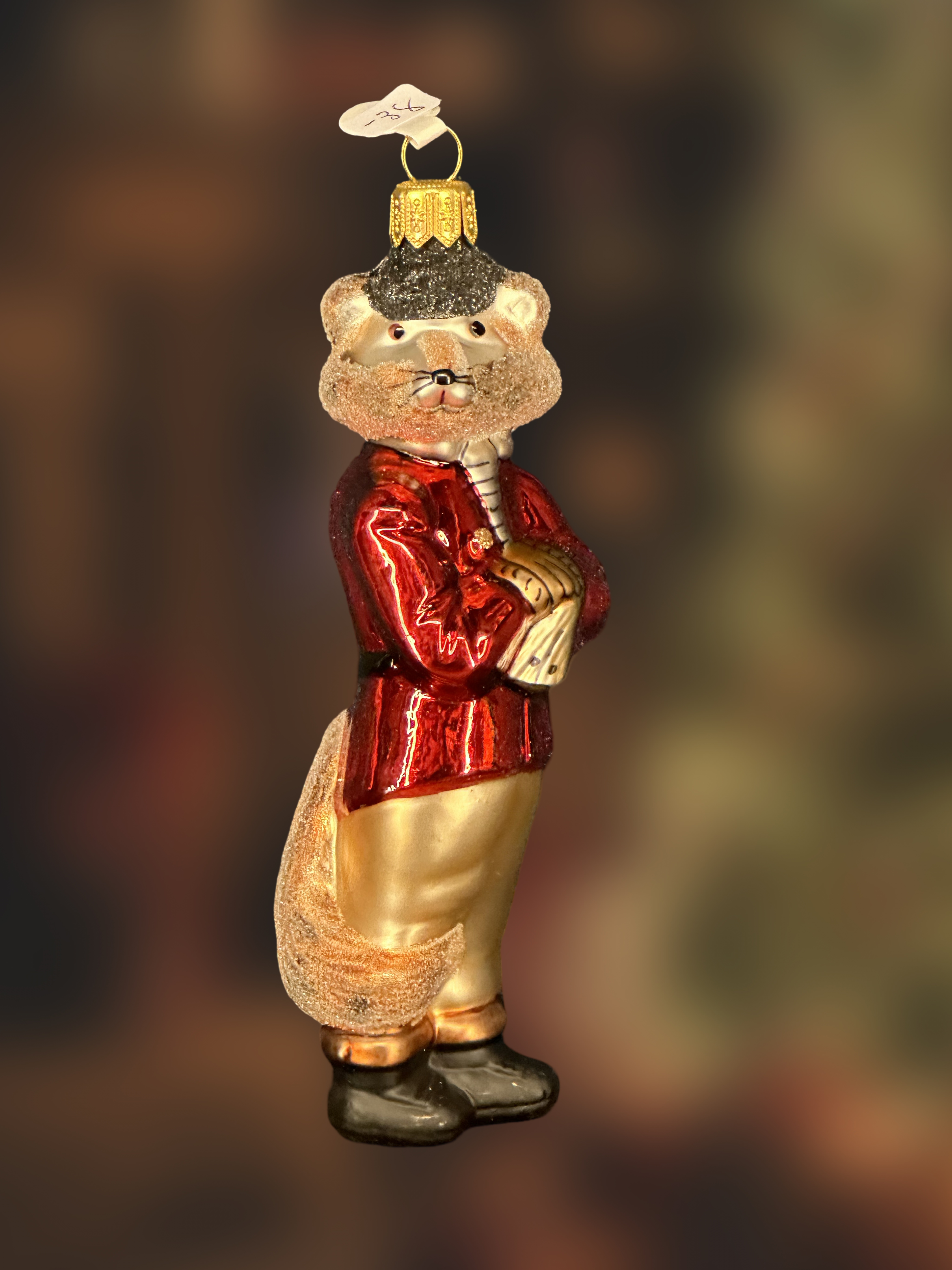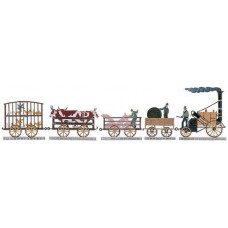The Rocket Farmer's Train Standing Pewter Wilhelm Schweizer
Availability: In Stock
Add to Compare
Handmade German Pewter Zinn by artist family Wilhelm Schweizer!
"Die Rocket"
"Steam Train"
"Cattle vehicle Rocket"
"The Rocket Farmer's Train"
"Viehtransporter"
Five Cars, Farmer's Train.
12 1/4" in Length x 4" tall.
31 x 10 cm tall.
The Rocket was not the first steam locomotive. In fact, the first to run on tracks was built by Richard Trevithick 25 years earlier, but his designs were not developed beyond the experimental stage. Then followed the first commercially successful twin cylinder steam locomotives (The Salamanca) built by Matthew Murray in Holbeck for the Middleton Railway between Middleton and Leeds, West Yorkshire. George Stephenson, as well as a number of other engineers, had built steam locomotives before. Rocket was in some ways an evolution, not a revolution.
Rocket's claim to fame is that it was the first "modern" locomotive, drawing together several recent strands of technological improvement, some tried elsewhere and some still experimental, to produce the most advanced locomotive of its day, and the template for most steam locomotives since. In fact, the standard steam locomotive design is often called the "Stephensonian" locomotive.
Rocket used a multi-tubular boiler, which made for much more efficient and effective heat transfer between the exhaust gases and the water. Previous locomotive boilers consisted of a single pipe surrounded by water. Rocket had 25 copper tubes running the length of the boiler to carry the hot exhaust gases from the firebox. This was a significant development, as it greatly increased the amount of steam produced, and subsequent designs used increased numbers of boiler tubes. Rocket also used a blast pipe, feeding the exhaust steam from the cylinders into the base of the chimney so as to induce a partial vacuum and pull air through the fire. Credit for the invention of the blast pipe is disputed between Sir Goldsworthy Gurney and Timothy Hackworth. The blast pipe worked well on the multi-tube boiler of Rocket but on earlier designs with a single pipe through the boiler it created so much suction that it tended to rip the top off the fire and throw burning cinders out of the chimney, vastly increasing the fuel consumption.
The Link ( copie ).
http://en.wikipedia.org/wiki/Stephenson's_Rocket
Handmade German Pewter Zinn by artist family Wilhelm Schweizer in Diessen am Ammersee Bayern.
Write a review
Your Name:Your Review: Note: HTML is not translated!
Rating: Bad Good
Enter the code in the box below:





